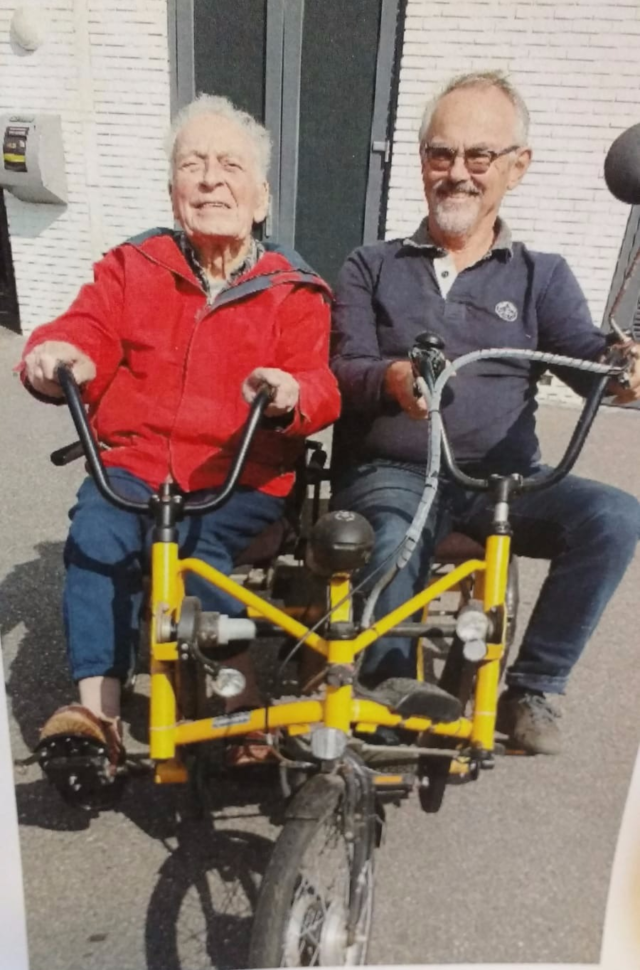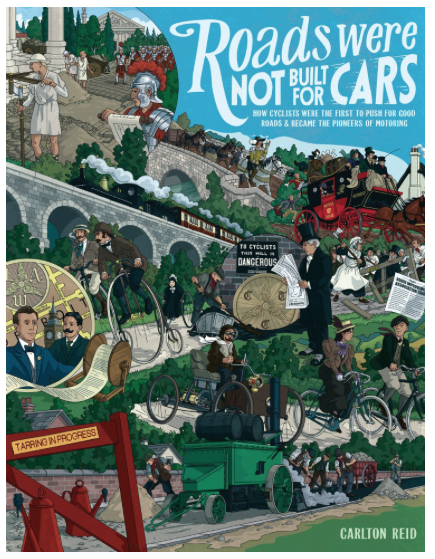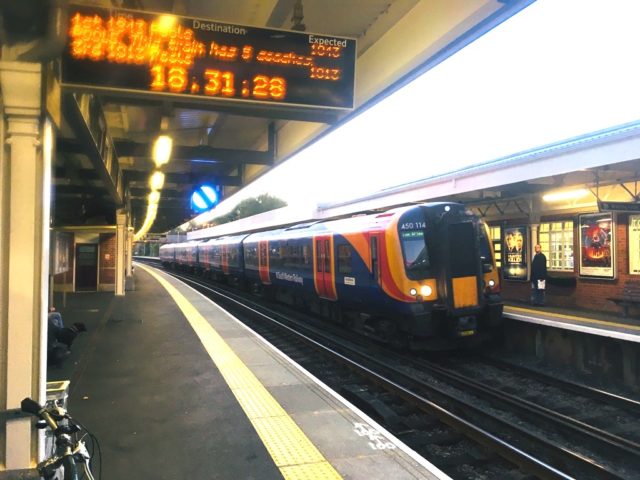Mission: To promote driving less so all may live more.
When I discuss the American (and increasingly global) dependency on automobiles, some people with a politically conservative bend respond by saying that the problem is a result of personal irresponsibility, no more.[1]
I was raised to think this way, to think individualistically. So I get it.
However, over time, I realize that done exclusively, this thinking allows conniving and greedy organizations (or their leaders) to move invisibly through the world, exploiting freedom by limiting the range of choices that occur to individuals. As a result of such organizations, even if one’s moral fabric permitted him or her to resist pernicious trends, the very idea of resisting may never enter one’s mind. The gains of corporate and political greed are usually won upstream, with whispers in back rooms, such as, What they don’t know won’t hurt us, and, I don’t care who they vote for as long as I choose the candidates.
Continue reading “The Legal Bias Against Pedestrians and Bikes (Part 2 of 2)”



